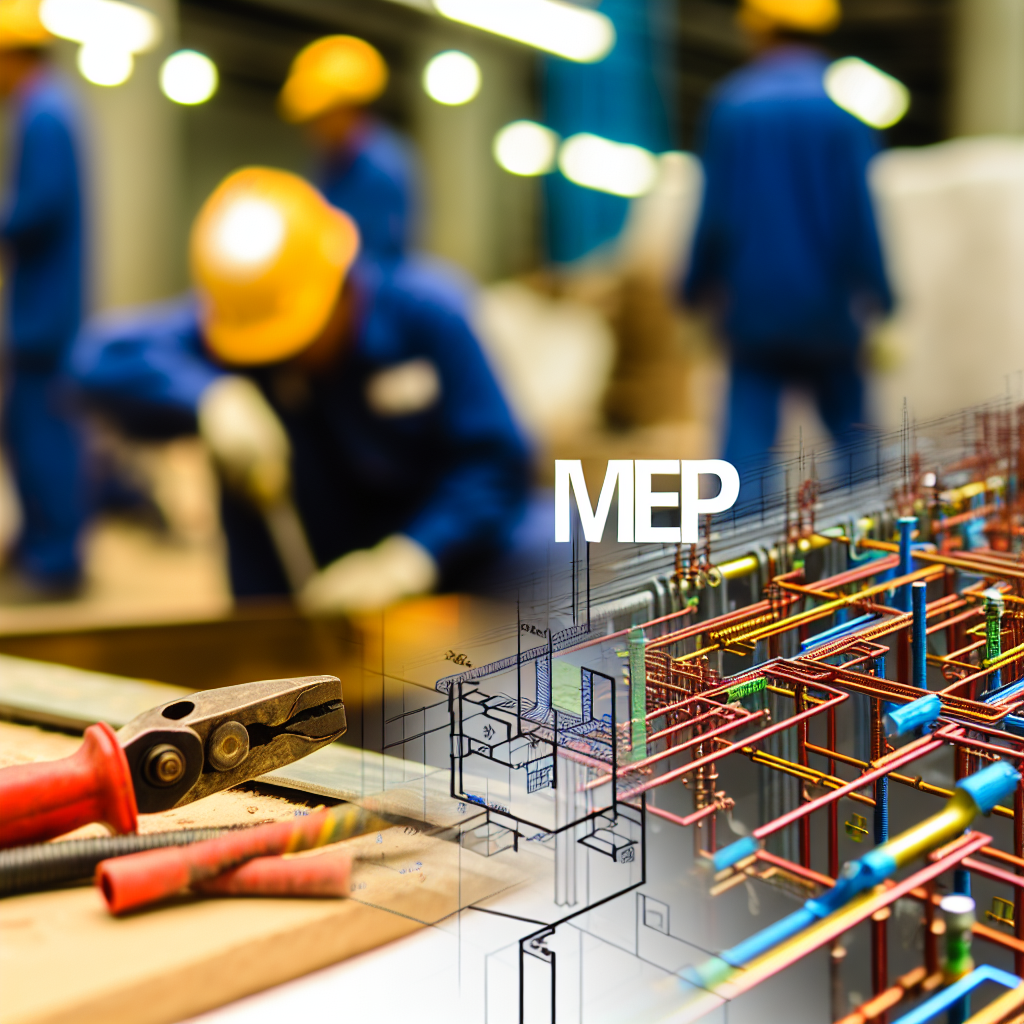MEP (Mechanical, Electrical, and Plumbing) Design and Fabrication play a vital role in the construction industry, ensuring that building systems are efficient, reliable, and meet safety standards. From concept to completion, these processes involve detailed planning, innovative design, and precise manufacturing. Understanding the lifecycle of MEP services helps streamline project execution and optimize operational performance.
From Design to Fabrication: The Critical Intersection in MEP Services
Effective MEP design is the backbone of any successful construction project. It involves creating detailed layouts for mechanical systems such as HVAC, electrical wiring, plumbing, and fire protection. This phase relies heavily on advanced computer-aided design (CAD) and Building Information Modeling (BIM), which allow engineers to visualize spatial relationships and integrate systems seamlessly.
Once the design phase concludes, the focus shifts to fabrication. This is where precision manufacturing comes into play, turning detailed blueprints into physical components. Fabrication involves cutting, bending, welding, and assembling materials like ductwork, piping, and electrical conduits. Modern fabrication facilities use state-of-the-art machinery and techniques such as CNC machining and 3D modeling to ensure components meet exact specifications, reducing on-site errors and installation time.
The Cycle Completes: From Fabrication Back to Design for Optimization
Interestingly, the relationship between fabrication and design is cyclical. Data gathered during fabrication, such as real-world measurements and material performance, often feeds back into subsequent design adjustments. This iterative process enhances accuracy, ensures compatibility with existing infrastructure, and addresses unforeseen challenges encountered during construction.
Moreover, advancements in digital twin technology and real-time data collection enable project managers to simulate and adapt designs based on fabricated components. This feedback loop results in more efficient, sustainable, and cost-effective MEP systems, ultimately leading to better maintenance and future upgrades.
In conclusion, the dynamic relationship between MEP design and fabrication underscores the importance of integrated workflows in modern construction. Embracing this cyclical approach fosters innovation, minimizes errors, and promotes sustainable building practices. Understanding this interconnected process equips professionals to deliver high-quality, functional MEP systems that stand the test of time.
